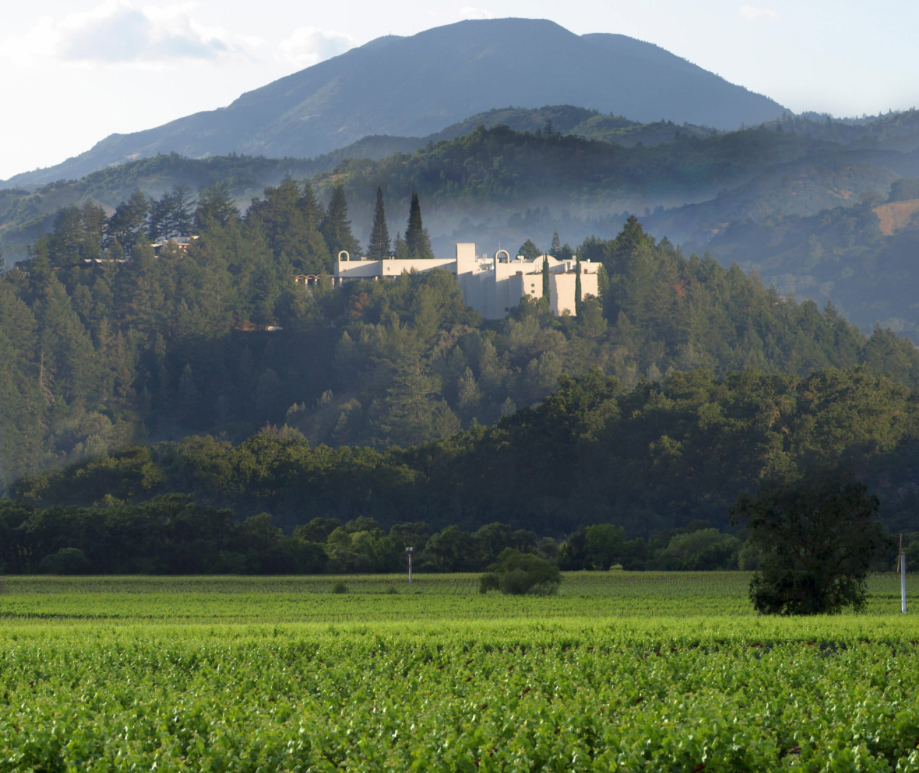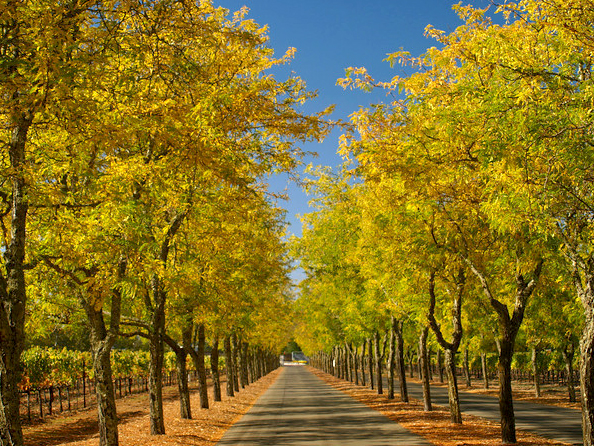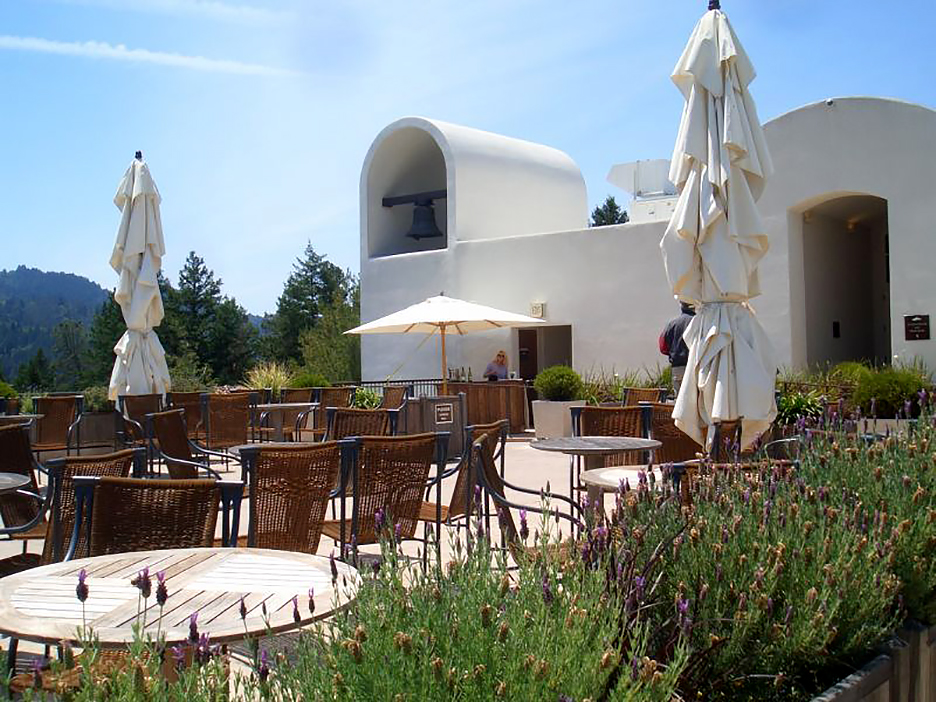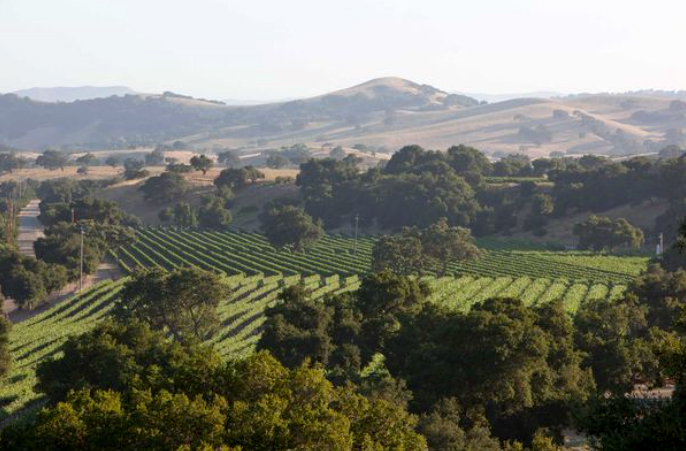Medium gold color; apple, pineapple, pear on the nose; pear, apple, white peach, citrus, Meyer lemon on the palate.
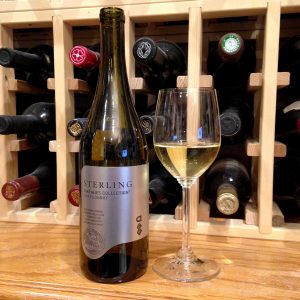
Dry; excellent acidity (3.3 pH); drip of vanilla, oak spice, and well-done oak (75% of juice spent seven months in primarily French oak barrels); same with malolactic fermentation that was only partial. So this is no oak and butter monster, but a clean, well-behaved, well-balanced, full-bodied effort that allows the nice Central Coast fruit to take center stage. The Meyer lemon and citrus perform nicely on the finish, providing a cleansing dénouement.
Sterling Vineyards began when British international newspaper owner Peter Newton purchased land near Calistoga in Napa Valley in 1964 and established the vineyards. In quick succession, he purchased more land and, in addition to cabernet sauvignon, planted merlot (then virtually unknown in Napa), chardonnay, and sauvignon blanc.
Bottling began in 1969, including California’s first vintage-dated merlot. In 1971, Martin Waterfield—an officer in Newton’s company—designed a Mediterranean-style white stucco winery complex inspired by structures on the Greek island of Mykonos, where Newton once lived. Today, the complex is one of the most-visited in Napa.
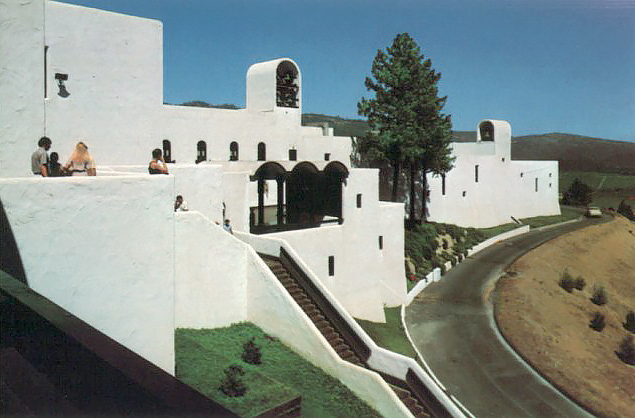
The Newton family sold the winery and vineyards to Coca Cola in 1977. In 1982, Coke sold the operation to Joseph E. Seagram and Sons, and Sterling quickly became the crown jewel of Seagram’s wine efforts. Between 1982 and 2000, Sterling’s yearly sales jumped from less than 60,000 cases to 400,000. Even better, quality improved.
In 2001, Diageo—a United Kingdom drinks conglomerate—purchased Seagram and mixed Sterling into its existing wine business. In 2015, Diageo sold most of its wine business to Treasury Wine Estates, an Australian-based global winemaking and distribution operation that traces its roots to Penfolds Wine and Foster’s Group beer brewers.
Treasury is a major international player in the wine world, making wine in 12 countries, selling more than 35 million cases of wine a year, and generating sales of more than $2 billion in sales. Labels you may recognize beyond Sterling include Stag’s Leap, Beaulieu Vineyard, Beringer, Chateau St. Jean, Greg Norman Estates, Lindeman’s, Wolf Blass, and their flagship—Penfolds. That represents lots of changes and marketing directions for Sterling. Treasury tends to focus on commodity wines sold in supermarkets and mass-market liquor-beer-wine stores, which is where Sterling largely resides today. This effort is example, also an example that Sterling can deliver solid wine at its price point.
Sterling Vintner’s Collection Chardonnay 2015 is well done chard that touches all the bases without excess. The citrus makes an early appearance, steps back for the apple, pear, and peach in the mid-palate, then returns for the finale. Nice sequence. And all this at screamingly good price point. Pair with grilled chicken, roast turkey, seafood, poached salmon in hollandaise sauce, glazed ham, pasta with white cream sauces. $11
